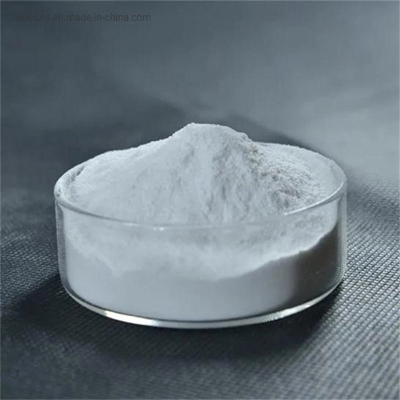The active ingredients of Salvia miltiorrhiza may be artificially synthesized
-
Last Update: 2012-05-02
-
Source: Internet
-
Author: User
Search more information of high quality chemicals, good prices and reliable suppliers, visit
www.echemi.com
Huang Luqi, chief researcher of the Chinese Academy of traditional Chinese medicine, and Zhao Zongbao, researcher of Dalian Institute of Chemical Physics, Chinese Academy of Sciences, have made important progress in the research of synthetic biology of active ingredients of traditional Chinese medicine The achievements confirmed the feasibility of heterogenous production of single compound of active ingredients of traditional Chinese medicine, which has important scientific significance and application value Relevant papers have been published recently It's in the Journal of the American Chemical Society Tanshinones are the active components of a kind of rosin type norditerpenoid quinones in Salvia miltiorrhiza They are the material basis of Salvia miltiorrhiza in the treatment of cardiovascular and cerebrovascular diseases, infectious diseases, anti-tumor and diabetes At present, this kind of active ingredient is mainly extracted from the root of Salvia miltiorrhiza It has low yield and needs a lot of medicinal materials Due to the complex composition of the extract, it is not conducive to clarify the efficacy mechanism and research and development of new drugs It is reported that based on the cloning of the full-length genes of two key enzymes SMCPs and smksl in tanshinone biosynthesis pathway for the first time in the early stage of huangluqi, the research team took tanshinone as the goal to carry out the research on the heterologous biosynthesis of diterpenoids under the guidance of synthetic biology theory The genes encoding five proteins, SMCPs, smksl, farnesyl pyrophosphate synthetase (FPS), GGPP synthetase and mevalonate reductase, were operated It was found that the fusion expression and fusion sequence between genes had a significant effect on the product yield The reverse fusion expression sequence of diterpene synthetase SMCPs and smksl was beneficial to the increase of the end product yield After culture, the optimal engineering strain was obtained The production of shenketadiene reached the international advanced level of 365 mg / L, which laid a foundation for further analysis of tanshinone synthesis pathway.
This article is an English version of an article which is originally in the Chinese language on echemi.com and is provided for information purposes only.
This website makes no representation or warranty of any kind, either expressed or implied, as to the accuracy, completeness ownership or reliability of
the article or any translations thereof. If you have any concerns or complaints relating to the article, please send an email, providing a detailed
description of the concern or complaint, to
service@echemi.com. A staff member will contact you within 5 working days. Once verified, infringing content
will be removed immediately.







